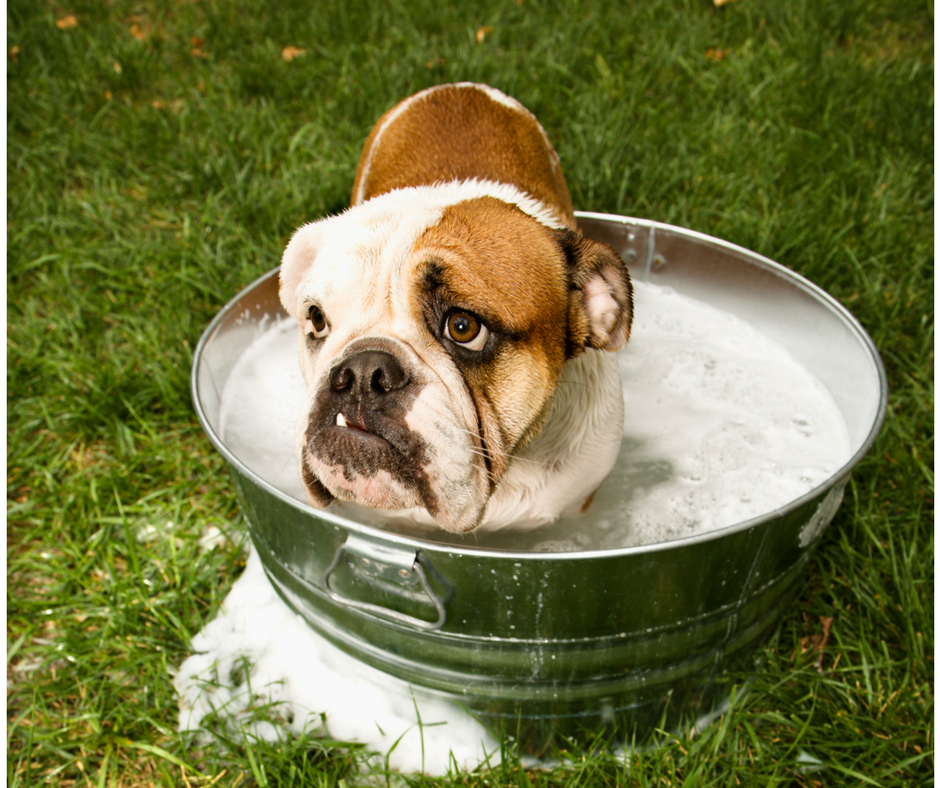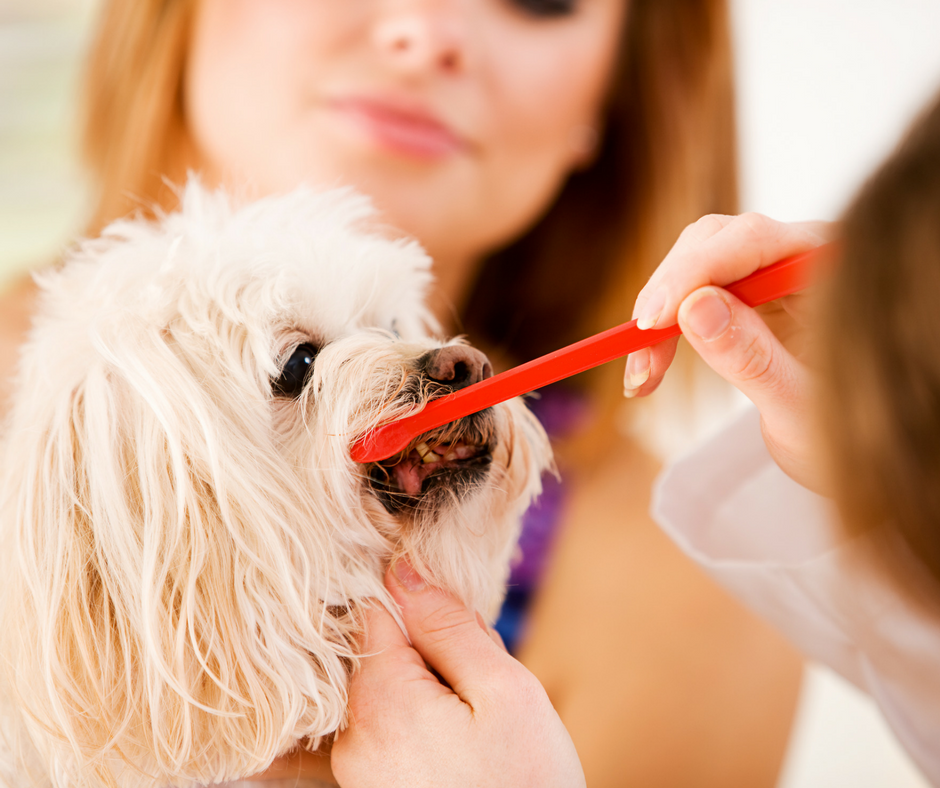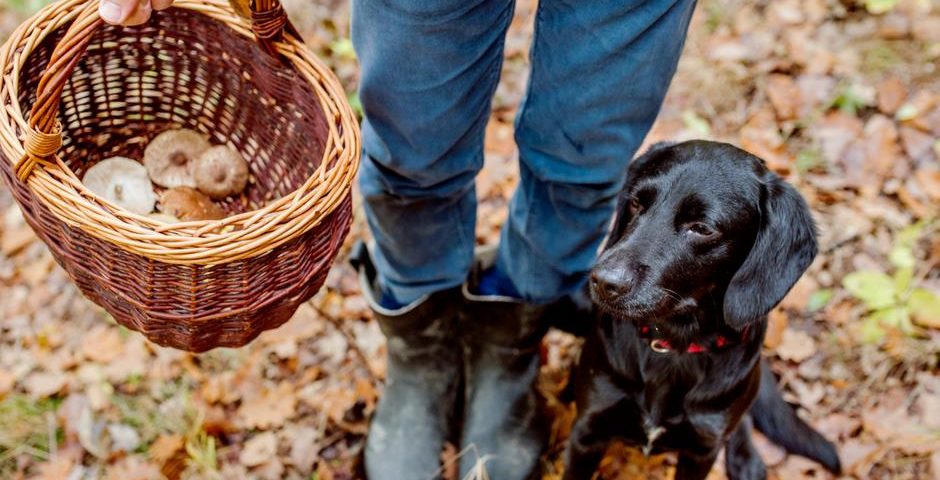
What to Do if Your Pet Gets Sprayed by a Skunk
December 29, 2017
Preventing Pet Dental Health Problems
January 30, 2018Wet weather is a blessing after a long summer. However, the rainy conditions in the Bay Area create the ideal environment for mushrooms to grow. While most of us are familiar with the edible varieties of mushrooms, there are a number of mushrooms that are toxic. So how do you protect your pet from toxic mushrooms? How would you know which ones are toxic versus which are edible? What do you do if your dog eats toxic mushrooms? What are the symptoms of eating them? Keeping your pet safe and healthy is of utmost importance so read on to know what to do if you are ever in a situation involving a potentially poisonous mushroom.
Where can you find toxic mushrooms?
Mushrooms that grow in the wild can pop up in a variety of areas. Some types of mushrooms will grow on specific types of trees, near decomposing foliage, or fallen logs. If you have a yard or are an avid gardener, you are aware that mushrooms can appear quickly–seemingly overnight. In the Bay Area, when we start to have more frequent wet weather we also see an increase in mushrooms. Hiking trails, yards, gardens, sidewalks, are all potential environments for mushrooms to grow.
How do I know if a mushroom is toxic?
It is very challenging to tell the difference between a toxic and a non-toxic mushroom. Mycologists (mushroom experts) can sometimes have a difficult time telling the difference between different mushroom species depending on how developed the mushroom is. Even with internet search engines, it may be difficult to tell by just looking at a mushroom whether or not it is toxic. Your best bet is to keep your dog away from areas where mushrooms can grow, especially during periods of rain If you have your own yard, it’s a good idea to search your yard for mushrooms daily and remove any you find. Daily searches are important because mushrooms can appear quickly. If you and your pet live an active lifestyle, keep your dog on leash so that you can keep an eye on them.
What are the potential symptoms of eating toxic mushrooms?
If your dog eats a toxic mushroom, the symptoms can vary and can also be confusing. The level of toxicity depends on the type of mushroom and/or how much of the mushroom is ingested. The type of mushroom will also play a role in what symptoms your dog will have. Very mild toxicity symptoms can range from vomiting and drooling to diarrhea. Severe toxicity can cause liver damage, kidney damage, neurologic symptoms, seizures, and death in a matter of hours. Sometimes with organ damage, it is difficult to see early signs of what is happening until the organs become so damaged that your pet starts to act as if he feels unwell.
What do you do if your pet ingests a mushroom?
If your pet has eaten a mushroom, don’t take any chances. Call your vet right away to have your pet seen. If your regular veterinarian’s office is closed, contact the nearest emergency vet so that your pet can be treated. While your veterinarian may not be able to identify the type of mushroom ingested, bring a mushroom to the appointment just in case.
What is the treatment for mushroom ingestion?
Your veterinarian will discuss the best course of action for you to take in order to combat the poisons of the mushroom. Your veterinarian may recommend inducing vomiting, having your pet ingest activated charcoal (to help bind the toxins from the mushrooms), bloodwork, fluids, medications, and staying in the hospital for observation. Because the toxic effect of mushrooms can last several days and the symptoms may not appear immediately, your veterinarian may also recommend your pet coming back for subsequent visits for labwork and exams to be sure there are no latent toxic effects on your pet’s organs.

